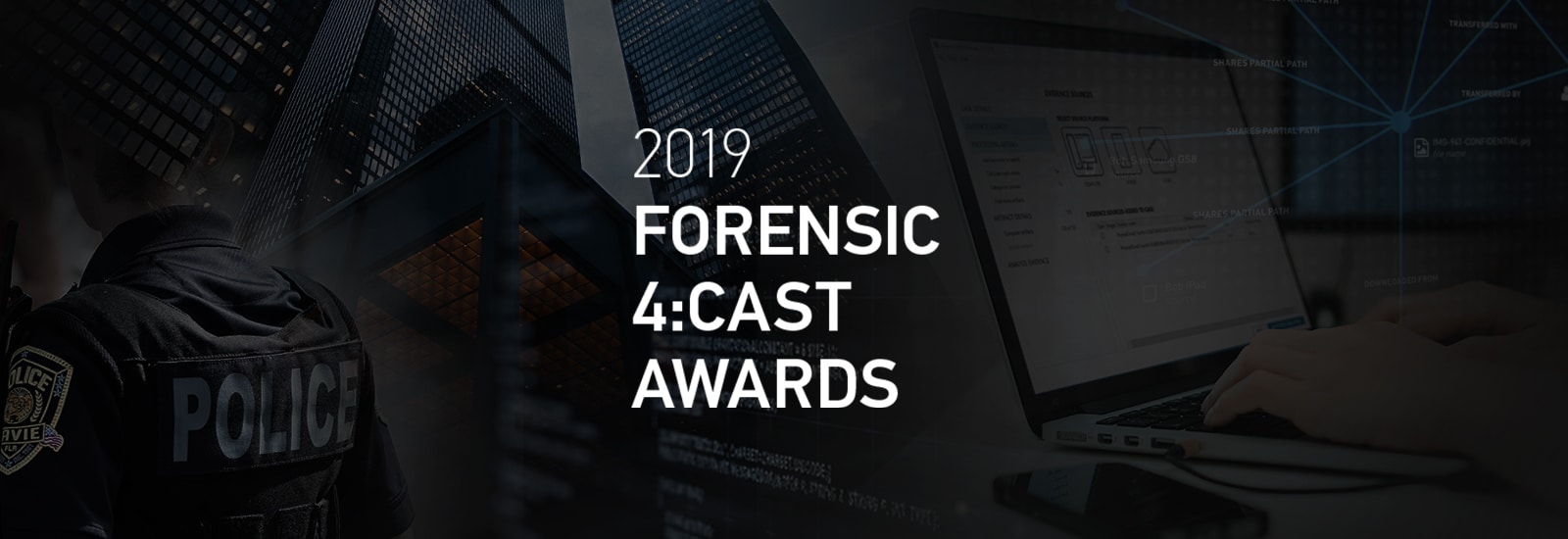
Who We’re Nominating for This Year’s Forensic 4:cast Awards: Part 3
In this series, a few forensics experts within Magnet Forensics are sharing their suggestions for nominations in this year’s Forensic 4:cast Awards. In this third installment, Tarah Melton, Forensics Consultant, highlights people in the DFIR community who are making valuable contributions. You can submit your nominations (including Magnet AXIOM for DFIR Commercial Tool of the Year) here. You can also catch up on the other installments here: Part 1, Part 2, Part 4.
Every year, Lee Whitfield coordinates the Forensic 4:cast Awards to recognize the outstanding contributions to the DFIR community. As you may be aware of by now, we at Magnet Forensics are approaching the Forensic 4:cast nominations a bit differently this year. A few of us have been given the opportunity to share our personal recommendations for nominations for these awards.
You may have already read about some great picks for nominations from my colleagues at Magnet. If not, be sure to check out Part 1 of this series by Jessica Hyde and Part 2 by Jamie McQuaid. In this third installment, I will be giving my personal nods to some stand out contributors to the field. These are my personal opinions, not the official opinions of Magnet Forensics. Read on to see a few of my choices!
DFIR Book of the Year
If you’re looking for a great reference for smartphone forensics, look no further. Practical Mobile Forensics receives my nomination because of the vast amount of useful information iOS, Android, and Windows mobile devices. From acquisitions to analysis and all the questions that arise in between, this book offers a thorough guide to help both experienced examiners or newcomers to the field tackle a case involving smartphone forensics. I have used this book for reference many times over the years when performing mobile examinations, and valuable updates were added with the release of the third edition in early 2018.
DFIR Non-Commercial Tool of the Year
Volatility is a standout pick to me when it comes to open source forensic tools. Utilizing Volatility when conducting memory analysis is common practice in my experience, and so I feel pretty strongly in this recommendation. The wide array of plugins for Windows, Linux, and Mac platforms give examiners ample ability to conduct in-depth memory analysis for almost any investigation. I have found Volatility to be a vital analysis tool in many examinations I have worked.
DFIR Undergrad, Graduate, or Training Class of the Year
Bloomsburg University of Pennsylvania
As a graduate of this program myself, I am thrilled to recommend the Digital Forensics Undergraduate Program at Bloomsburg University for nomination. The program is updated continuously and is incredibly comprehensive, covering file systems, mobile devices, Python scripting, E-Discovery, tech writing, malware forensics, and so much more. Students are trained to use the most popular and up-to-date commercial forensic tools in preparation for real world lab environments, arming graduating students with a solid knowledge base to prepare them for a career in the DFIR industry.
Bloomsburg’s Digital Forensics program is recognized as a National Center of Academic Excellence (CAE) in Cyber Defense Education with a focus in the area of digital forensics by the National Security Agency and the Department of Homeland Security. Additionally, they hold an annual digital forensics conference, BloomCON, which last year drew in over 500 attendees. BloomCON offers both students and professionals a great venue to interface within the DFIR community, as well as informative lectures and fun forensics challenges.
The mentions above are just a few acknowledgements that have personally influenced my work in digital forensics, but I am extremely appreciative of the work that everyone in the DFIR community has done to truly make a positive impact. Thanks for reading everyone, and don’t forget to nominate your picks for the Forensic 4:cast Awards!
Tarah Melton
Forensic Consultant
Tarah.Melton@magnetforensics.com